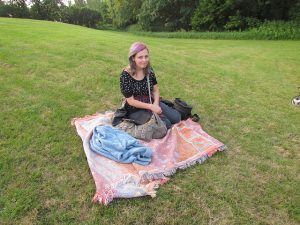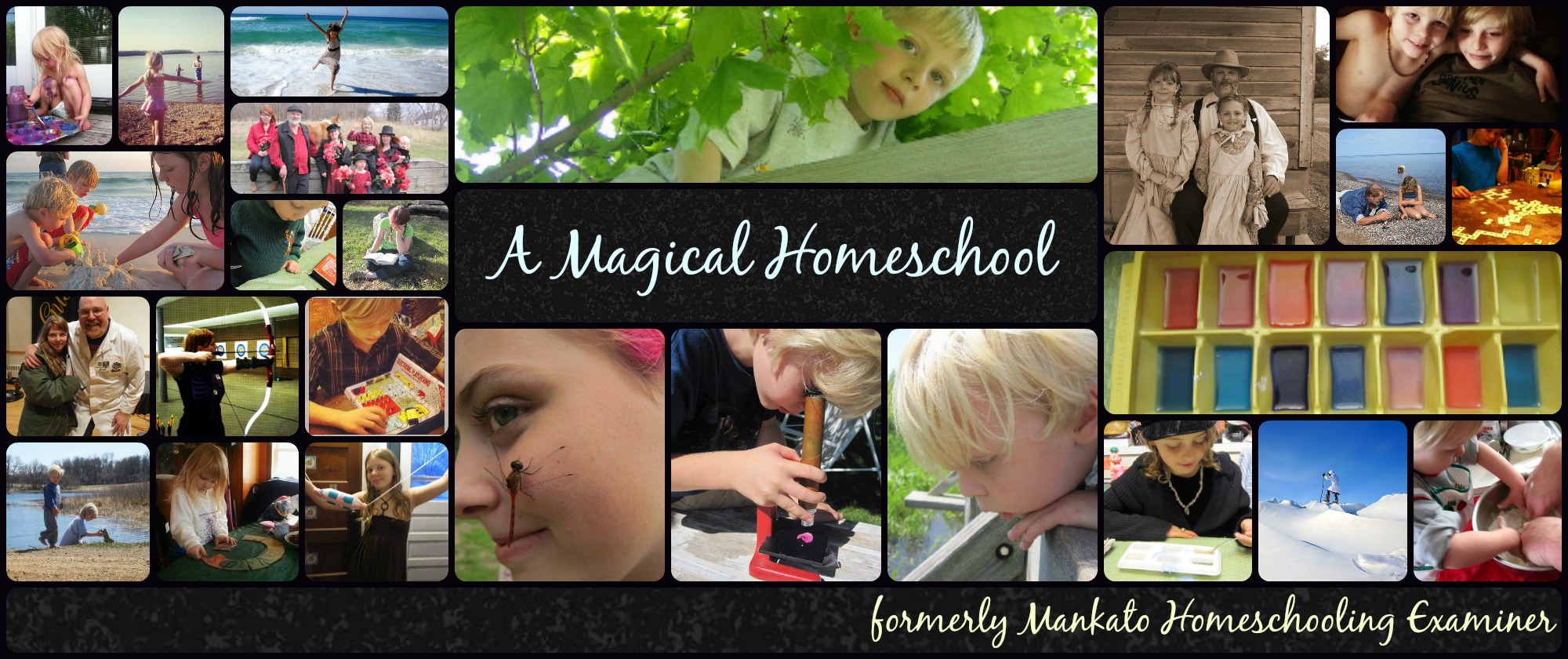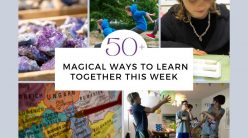
I wrote recently of the unique perspective Maria Montessori had about education during the middle school years. But what about the high school years?
Here, Montessori believed in more serious academics, but with much real-world experience.
Montessori expert Michael Olaf says of the years 15-18:
“For age fifteen to eighteen, when the rapid growth of adolescence is slowing, a more rigorous intellectual schedule works, combined with social work and apprenticeships in the work world.”
Maria Montessori herself greatly disapproved of the way high schools were run. She wrote:
The need that is so keenly felt for a reform of secondary schools concerns not only an educational, but also a human and social problem. Schools, as they are today, are adapted neither to the needs of adolescents nor to the times in which we live…
But above all it is the education of adolescents that is important, because adolescence is the time when the child enters on the state of adulthood and becomes a member of society. If puberty is, on the physical side, a transition from an infantile to an adult state, there is also, on the psychological side, a transition from the child to the adult who has to live in society. These two needs of the adolescent: for protection during the time of the difficult physical transition, and for an understanding of the society which he is about to enter to play his part as an adult, give rise to two problems that are of equal importance concerning education at this age.
Montessori believed that the needs of the high school student were moral development, intellectual studies, real work experience and preparation for life.
Real work is an important learning tool during the high school years, but Olaf points out that most jobs for teenagers offer little in terms of education. He suggests unpaid apprenticeships:
It is time-consuming to take an untrained person in and share the work, and often, because of the lack of training and the short hours, having an apprentice is more of an expense than a help to a business. Young people should be aware of this and look for what they can offer or learn, instead of what they can get in the way of salary. Apprenticeships are not paid positions, but they can be extremely beneficial to the students, and sometimes open up important job possibilities in the future.
Olaf also points out the importance of teaching teens to use their money and their employment in a responsible manner. He quotes Kenneth Woodward, who wrote of the problem of how teen employment in modern times prolongs adolescence and sets teenagers up to fail in adulthood:
By the ‘80’s, three out of four high-school seniors were working an average of 18 hours a week and often taking home more than $200 a month. But their jobs, often in fast-food chains, were rarely challenging and earnings were immediately spent on cars, clothing, stereos and other artifacts of the adolescent good life. Indeed, researchers at the University of Michigan find that less than 11 percent of high-school seniors save all or most of their earnings for college or other long-range purposes.
In short, teenage employment has only intensified the adolescent drive for immediate gratification. Instead of learning how to delay desires, students are indulging what University of Michigan researcher Jerome Bachman calls “premature affluence.” The problem, says Bachman, is that these adolescents tend to get accustomed to an unrealistic level of discretionary income which is impossible to maintain at college, unless they have extravagant parents. “And if they don’t go to school,” he observes, “they will have to continue to live at home if they hope to keep up their personal spending habits.”
Therefore, a homeschool Montessori education for the high school years would typically contain these elements:
- Taking part in planning the budget of the home
- Community service and volunteer time for moral development
- Apprenticeships for educational work experience
- Learning through real-world experience and interaction with experts in various fields
- In depth independent study
Montessori high schools often require students to perform a certain number of community service hours and write theses. As in younger years, there is not an emphasis on tests or grades but instead on mastery of subjects before moving on.
Other elements of the Montessori education would also continue, such as interest-led studies, maintaining a natural environment, hands-on learning, healthy eating, helping teach younger children and participating in real-world skills such as cooking, gardening, homemaking and building.
Maria Montessori herself had this to say about how to truly educate teenagers:
And how far, we may ask, does it take one to hold a degree these days? Can one be sure of even earning a living? …And how do we explain this lack of confidence? The reason is that these young men have spent years in listening to words and listening does not make a man. Only practical work and experience lead the young to maturity.
My vision of the future is no longer of people taking exams and proceeding on that certification from the secondary school to the university, but of individuals passing from one stage of independence to a higher, by means of their own activity, through their own effort of will, which constitutes the inner evolution of the individual.
In short, a homeschool Montessori education in high school attempts to prepare teenagers academically, vocationally, morally, financially and emotionally for a successful life. In an age when high school is increasingly treated as nothing but four years of college preparation, this can be a a critical difference for the ultimate success of our children.
Looking for ideas on where your teens could do this sort of work? Depending on their interests, the following are examples of good choices in our area: A local Native American historic site, the historic society, the humane society, the children’s museum and an organization based in a nearby convent that teaches traditional skills to community members. Doctors, veterinarians, doulas and dentists also may be willing to let teens get involved in their practices in some capacity. For instance, when my daughter’s dermatologist found out that she was interested in going into medicine, she offered to let her come “shadow” her on the job when she’s old enough.






3 thoughts on “A Montessori education for high school years”-

-

-

Jay
(November 15, 2022 - 9:41 am)Hi
Can you give more resources and step by step on how to montessori homeschool a teenager? I would be greatful.
A Magical Homeschool
(November 15, 2022 - 3:52 pm)That’s a big ask but I’ll see what I can put together. 🙂
Jat
(November 15, 2022 - 9:42 am)By the way I love this article very informative.